|
The Body as a Community (in progress) Copyright 2007 Introduction This chapter is intended to draw the parallels that exist between the functional units in the body, and their equivalents in a community of people, and introduce the consequences to the system when there is disorder. There are also some examples of what may be needed to convert the disorder to order. The module is lacking from the point of view of detail and depth, since the intention is to provide breadth and context. In keeping with the philosophy of this work, we start learning with the most basic of concepts and attempt to give context and an infrastructure to the information. We progress thereafter in stepwise fashion to greater detail and complexity. (inverted pyramid concept – see approach to learning) As we build the community of people into the village, town or city we observe the units to unity effect of a larger unit that is more powerful than the individual parts. In the body, the little people, or the cells, are located and organized in a variety of functional patterns. There are doctors, lawyers, butchers, bakers, and candlestickmakers. There are garbage collectors, water and sewerage workers, government workers, policemen, teachers, emergency medical responders, and long term care specialists. They are all there as we know them in our town and city experience- we just have to identify them. Within each of these levels is a community that has a structural and functional organization that is remarkably similar to the units that make them up and each depends on the other for its health. The country has no value if it has no people and the body no body if it has no cells. This chapter however focuses on the functional and collaborative organizational system of the organs, resulting in a series of systems that in conjunction, enable the person to survive, grow and be fulfilled. These systems have two relative states – order and disorder, or health and disease, or survivability and lack of it. There exists a continued and continual process that is required to maintain health and homeostasis because time is moving, conditions are changing, and adaptation is essential for survival. The two states – which can also be viewed as relatively positive and relatively negative can be reversed with appropriate resources and adaptation. The healers of the world, sometimes the government, sometimes the people, sometimes the police force and sometimes the doctors, sometimes the street sweepers, and sometimes the lawyers and often the teachers – in fact the functioon of most of us – our function is to to try and and change the world from a state of relative negativity to a world of relative positivity. Functionality of Systems The institutions of the organs and body systems have the following major role
The Central Nervous System The central nervous system is the government of our body. It ensures minute to minute survival as well as survival from week to week, month to month and year to year. It coordinates body function including the functions of production, transport, and protection, while it enables the organism to grow toward fulfilment.
Malfunction of any the controlling functions of the nervous system brings disorder to the system. A stroke for example, is caused by the loss of blood supply to part of the brain caused by thrombosis of the artery. After about 4 minutes of lack of supply there will be death of the brain tissue supplied by that artery. The final functional outcome depends on the vessel involved and the extent of the damage, and will range from transient malfunction (also called a transient ischemic attack and abbreviated as TIA), through recoverable disease, to permanent impairment and in the extreme – death. Psychiatric disease is another dramatic example of loss of control of the brain over the body with resulting devaststing effects not only of the person but on the community.
A “paralysed” city has broad implications but is one in which the day to day function is halted for one of many reasons. The word “paralysed” draws the parallel with implied paralysis of a stroke discussed above in which functionality is lost because one of the control systems has become impaired. While the asassination of John Kennedy brought an emtional paralysis to our country, the democratic organization with systems in place allowed full and ongoing functionality. On the other hand with the fall of the relative autocracy of Saddam Hussein in Iraq, a true paralysis resulted with loss of life and loss of maintenance of services more akin to the devastating effects of a cerebral stroke. The chaos of Iraq persists at this writing – 2 years after autocratic control of the country was lost and as the coutry tries through democratic process to regain control of its component people. Either way, the point of discussion is to reveal the importance of control systems in the body and in the towns, cities, and country, and the dramatic and terrible consequences when control systems are in disarray. Endocrine System The nervous system works in conjunction and is helped by the endocrine system which controls metabolic activity, as well as promoting growth and reproduction. It also contributes to water and salt maintenance. Its functional tools are the hormones produced by the specialised cellular workers in its factories which are scattered throughout the body. The endocrine system controls the supply and demand of the metabolic economy of the body. It ensures appropriate distribution and use of metabolic resources. The departments of economic affairs and their equivalents in the towns and cities formulate policies and programs relating to internal and external use of resources. The annual budget enables appropriate use of resources to ensure maintenance of life and optimise growth and fulfilment for the members of the society. The pituitary gland is the master gland of the endocrine system. One of the hormones it produces from the anterior pituitary gland is called growth hormone or somatotropin, which if produced in excess will result in acromegaly, (aka gigantism) while dwarfism is caused by lack of production. The apartheid government of South Africa did not apportion economic resources fairly to its citizens, resulting in poverty for a large proportion of its citizens (economic and social dwarfism)and excessive wealth for priviliged others. (economic and social gigantism) The resulting disproportionate use of resources led to excessive growth for one section of the society and stunted growth for the other.
The function of the Federal Reserve in the USA parallels to some extent the function of the thyroid gland in that setting the prime rate enables some control of the basic economic activity for the country, much in the way that the thyroid controls the basic metabolic rate for the body. Thyroxine does not stand alone and it needs substrate (products) and use for the products to execute a balanced and healthy situation. In thyrotoxicosis there is an excess of of thyroxine (and a relative paucity of substrate) and the resulting overactivity is a patient who is at a high level of unnecessary activity. A paucity of thyroxine results in underactivity and is called myxedema. In this instance there is too little thyroxine, a relative excess of substrate that does not get used. In the community, the parallels relate to a state of health when the supply of materials and goods is in balance with the demands of the community. Overproduction of goods (without appropriate need and use) or unerproduction with insufficient products below the needs of the community are unhealthy situations. Inflation is defined as an economic situation when too much money chases too few goods (almost like too much thyroxine chasing relatively little substrate) and this results in a rise of cost for the goods. Recession is defined as a slowing of the economy and usually follows a boom and may precede a depression. The brain is assisted by the autonomic nervous system and peripheral nervous system which represent the lines of communication between the central governing body and the people. The autonomic nervous system maintains the automaticity of body function, increasing the activity when necessary and slowing it down during sleep hours. It controls the respiratory centre for example and the rate and rhythm of breathing is under its direct control. Again breathing is so essential to life that the process is a seamless event with no thought nor concious effort.
The Respiratory System The respiratory system has the life sustaining role of bringing oxygen to the body. Oxygen is needed to regenerate ATP from ADP through a process called oxidative phosphorylation. ATP is the only source of chemical energy that the body can use (bioenergy)) Failure of delivery of oxygen results in irreversible brain injury after about 4 minutes and irreversible cardiac muscle injury after 10-15 minutes. Most othe tissues are slightly more forgiving for the lack of oxygen but the time is usually counted in terms of minutes before irreversible change and death occurs. The oxygen from our atmosphere is mostly produced by photosynthesis, a process which occurs in plant life and which breaks down carbon dioxide and water to produce oxygen and sugars. Oxygen is thus part of environment to the same extent that the interstitial space surrounds and is part of the environment of the cells.
Therapeutic Intervention
There are many factors that are prerequisites for the sustenance of life. Sometimes it is the energy itself that we are concerned with (ATP) and sometimes it is the facilitators (oxygen, enzymes, cofactors, coenzymes, hormones). Electricity, oil, gas, propane, solar , and nuclear energy are some of the more commonly used forms. The failure of delivery of any one of these may bring significantt discomfort and inconvenience but will not usually lead to death and irreversible injury. Cardiovascular System The cardiovascular system consisting of the heart, arteries, veins, and capillaries functions as one of the many tubular transport systems of the body. It represents the roads and highways, railways and airways, seaways and riverways of the transport systems as we know them in our towns and cities. The cardiovascular system enables the delivery of essential raw and refined products, and the removal and transport of waste to the appropriate dumps. Disease of the vessels is commonly due to obstruction and a consequent inability of supply to meet demand. In the case of arterial obstruction to the coronary arteries the consequent myocardial infarction can and often results in death. The event of a highway accident results in a mere inconvenience – but imagine the devastation if the water supply were suddenly cut off as is seen when a city is under siege, or when main water spplies are lost. Survival is of course threatened.
In the cardiovascular system the relatively positive pressure in the left sided systemic circulation created by the left ventricle, enables flow throught the capillary circulation, perfusion of the cells tissues and organs, and subsequent return of the blood to the relatively low pressure of the right side of the heart. The pulmonary circulation on the other hand is serviced by the pumping action of the right ventricle, which creates a positive force and flow to the capillaries of the lung and subsequent return to the low pressure of the left atrium. Congestion
Rupture
Interruption of Flow and Repair
Gastrointestinal System The gastrointestinal system is the food basket and the garbage removal service of the body. It is responsible for taking in, pocessing, transporting, absorbing, and excreting food and water, the raw products of metabolism. The gastrointestinal system is the breadbasket of our bodies. It receives the food, processes, absorbs, stores, and transports the food, and helps either to recycle needed products, or eliminate unwanted products. It thus functions as the equivalent of our farms, food processing plants, grocery, food delivery systems, water and sewerage works, and recycling plants. Food and the Community – Road from Farm to the Cell
– functionality the stroke that may result in paralysis of the person.A similar event where vital supply to the controlling institutions may be seen in the oft used tactic of yesteryear of a siege of a city. In this instance it is a lack of supply to the whole city, but the term paralysed city would be appropriate brainis related to permanent affecting the verbal function, results in an inability to communicate needs – such as hunger and thirst – survival needs. A coup of a government, or in the case of the curent realtively leaderless situation in Iraq, gives a sense of
The respiratory system brings fuel to the fire by providing oxygen for all metabolic events. This oxygen is required not only for the maintenance and sustenance of life but is also required for every specialised and productive function. The community requires sustained supplies of adequate and clean air, food and water for sustenance. The clean air comes to our cities and as long as we are vigilant As our industrial world evolved, the machines that we built required alternate sources of energy in the form of electricity and fuel. The factories that process, package and store our food for example are dependant on these alternate and costly sources of energy that are not freely available like the air we breathe. Thus the viability of our factories in general, and our food factories specifically, are dependant on these alternate sources of energy and hence our viability and survival to some extent is dependant on them too. This was not the case when we livee the hunter gatherer lifestyle.valuable and sourceswithout these energy sources and they have become the sources of our food, and to lesser The most frequently used fuel is electricity which is often used in conjunction with oil and or gas. Unlike the oxygen which is freely available to our bodies the energies that are vital to the function of the factories of our city come with a price which closes for the night, the fuel requirement of oxygen is always needed.
The genitourinary system
Factories are an essential component of our community. They manufacture and process critical items such as food, clothing, and building materials, – all essential for our survival. We can observe many of the equivalent factories in the liver which has, among other roles, a major manufacturing and processing function in the body. to the extent it is called the “metabolic warehouse”of the body – and in tems of the city would be equivalent to an industrial and manufacturing area of the body that receive process package items such as food, raw materials such as proteins that act as the building blocks for our body structures as well as other esential items such as vitamins and biliary lubricant. The liver is the true metabolic warehouse of the body. It manufactures some of the more basic building blocks of structure including certain proteins such as albumin, fibrinogen, globulin and other plasma proteins, as well as some amino acids. It is also responsible for the production of about 80% of the cholesterol of the body that is an important part of membranes and is also a precursor for many of the steroid based hormones of the adrenals, testes and ovaries while it is also a precursor for the bile acids which have important function in the processing of and digestion of fats.The efficient transport system of the portal system from the breadbaskets of the gastrointestinal tract to the liver factory are key to survival. The need to ensure a clean environment of the liver in order to provide a quality product for the community is ensured by the local Kuppfer police system. The splenic recycling plant breaks down old and defunctioninbg red cells and recycles the bilirubin that requires further refnement in the factories of the liver. The spleen also has a policing function to ensure that unwanted organisms are cleared from the circulation. provides a protective fence from the community at large. and medicationsand transport food and of a We can observe many of the equivalent factories in the liver which has, among other roles, a major manufacturing and processing function in the body. to the extent it is called the “metabolic warehouse”of the body – and in tems of the city would be equivalent to an industrial and manufacturing area of the body that receive process package items such as food, raw materials such as proteins that act as the building blocks for our body structures as well as other esential items such as vitamins and biliary lubricant. The liver is the true metabolic warehouse of the body. It manufactures some of the more basic building blocks of structure including certain proteins such as albumin, fibrinogen, globulin and other plasma proteins, as well as some amino acids. It is also responsible for the production of about 80% of the cholesterol of the body that is an important part of membranes and is also a precursor for many of the steroid based hormones of the adrenals, testes and ovaries while it is also a precursor for the bile acids which have important function in the processing of and digestion of fats.The efficient transport system of the portal system from the breadbaskets of the gastrointestinal tract to the liver factory are key to survival. The need to ensure a clean environment of the liver in order to provide a quality product for the community is ensured by the local Kuppfer police system. The splenic recycling plant breaks down old and defunctioninbg red cells and recycles the bilirubin that requires further refnement in the factories of the liver. The spleen also has a policing function to ensure that unwanted organisms are cleared from the circulation. provides a protective fence from the community at large. and medicationsand transport food and of a
The needs of human biology include survival, growth, and fulfilment. Consider the city in which you live and you will find that in general, the core of the city contains components in some form of these three elements. The cell in its turn has to have similar elements. While it is easy to recognise the survival, and to some extent growth in the life of a cell, the fulfilment aspect is not as obvious. As human conciousness emerges as a result of the power of the units to unity of cellular accumulation, the needs for individual fulfilment at many levels becomes comprehensible. On the other hand as one moves beyond the individual to the family and then to communities of progressively enlarging sizes, the aspects of survival and growth are fairly easy to see and understand while the element of fulfilment becomes even a more difficult concept. We are going to look at the city (or the village or town for that matter and we are going to look at its survival, growth and fulfilment as best we can to expose how the biology in the person translates into the city. The makeup of the city. The city has elements that include resources for survival, resources for growth, and resources for fulfilment. Resources for survival include sources for food ,water, protectionclothing, and housing, and the provision of an environment that has safety institutions of public safety Departments Shopping centre – food Water departmentEnvironment/building/police Survival: Neither the cell nor the city can survive without air water and food. Students of biology understand the acquisition of air and oxygen through the breathing mechanisms championed by the respiratory system, while the acquisition, processing and use of food and water is understood by the study of the gastrointestinal system. The pattern of acquisition, transport, processing, and exportation are repeating principles in all of biology. It is therefore not surprising that a city, which an extension of the biology that resides within it, functions along the same principles. The air we breathe is as natural a form of the environment of the city, as the interstitial fluids that bathe our cells. It comes free and is key to our survival – every second of it – the difference between life and death of a city and a cell, is totally dependant on this entity – air and oxygen – and fortunately for the city – it coms relatively easy. Air and Oxygen:
Our need for oxygen is so essential to life, that for most – it is packaged with life itself and we have no struggle to obtain it except under exceptional circumstances. While the person and city are naturally exposed to the oxygen source, the cell is dependant on transport mechanisms to bring the oxygen to it. Thus the upper powers of the hiearchy (the body and its systems) are in control of this essential element of life for the cell. If they, for whatever reason lose control of oxygen supply to the cells in the form of airway obstruction or occlusion of a coronary or cerebral artery, the overall survival of the biological unit becomes threatened. In this example we see and start to understand the interdependancy of biological units. In the case of the city (town or village) and the person air and oxygen is a given and oft unappreciated gift, while in the case of the tissues and cells, it is a commodity that has to be earned to some extent and has to be delivered. The cell is at the mercy of others in the team to deliver air regulalrly and efficiently. In the same way that we have to “earn’ our food by working, earning, positioning ourselvs to receive and transporting our food, the cells and tissues have to earn their supply of oxygen. Thus for example the heart cell has to position itself in its place of employment (cardiac tissue in the borough of the thoracic cavity) It holds hands in syncitial format with the other cells in its production line which has positioned itself near the rivers of the arterial system in order to efficiently receive the oxygen (and other metabolic products) necessary for its function. Its work starts early in the morning of its original birth, and it practices its trade of contraction and relaxation which it learned from the school housed in the genetics of contractile evolutionary lessons. Its work consists a pumping action and as a result it can “earn” reactive vasodilation (brokered by the Nobel winning nitrous oxide mechanism). If it works harder based on physiological need (perhaps a run in the park by the CEO) it will earn and receive more food. Thus the pattern of earn by positioning a biological unit in a work environment, doing the work, earning the reward, is for the myocardial cell in its use of oxygen and food what it is for the individual who earns money for food. The city receives as a gift the oxygen from the environment. It has to ensure that this gift remains untainted and is kept free of pollutants. Water and Food When it comes to food and water, the concepts are the same but the story is a little different. Both the cell, and the individual become slave to the larger community to provide the essential units, while they retain masterhood for eventual survival. A healthy city will have mechanisms in place to acquire and deliver food and water regularly and efficiently. We start to talk of relative scarcity of the commodity, and a need to “earn” the food and water. While clean water through the evolution of the sciences comes to most cities through a tubular systems, it comes with a cost albeit relatively small, and we therefore have to earn iour water Our ability to position ourselves to “earn” our food and water for survival seems to me to be no different from the myocardial or liver cell that has learned a skill that is valuable for the community. “If you give you get ” I tell my children – this is so fundamental in all of biology. The delivery of water to biological units has a larger latitude in terms of the time when compared to the delivery of oxygen. Whereas the need for oxygen delivery is measured in seconds and minutes the delivery and use of food and water can be measured in multiples of minutes and hours. Water and food to the cell is delivered in the same way as air is delivered – via tubular systems. The tissues keep themselves bathed in just the right amount of water, at the right temperature. Water to the person and city comes from reservoirs and water plants via tubular systems. Whereas water is almost as The food to the person has to be earned. there is an order in the world that is beyond our comprin order and ouThe biological world in general tends to be hostile with each biological unit fighting for survival. The need for food, fluid, oxygen, is obvious, and the need for a a safe and clean environment is a large part of the survival.SuWhen we look at biological units, including the cell, organs, persons or communities we take in things, process them and give them out. The cell mostly has no choice about where it is positioned in life. It is slave to its circumstance Raw materials Hospitals
Supermarkets
:aw and Order
Ridding Waste Garbage
References Chase Dunn and Jorgensen Regions and Interaction Networks. a World-Systems Perspective |
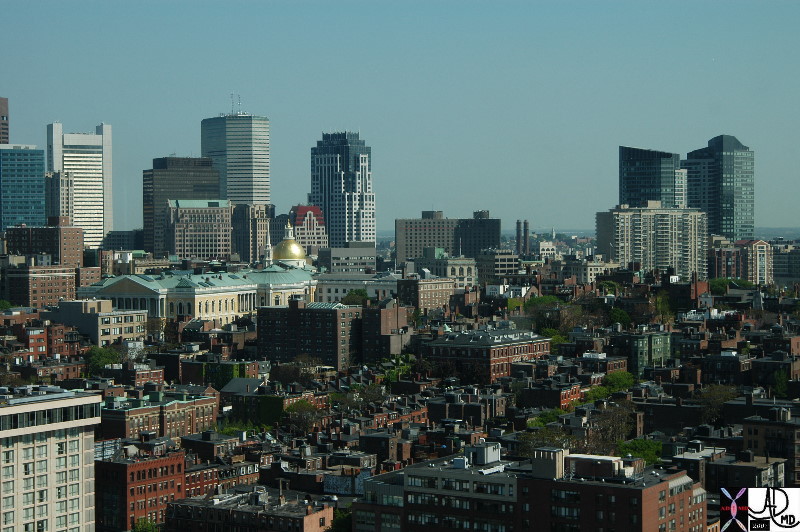
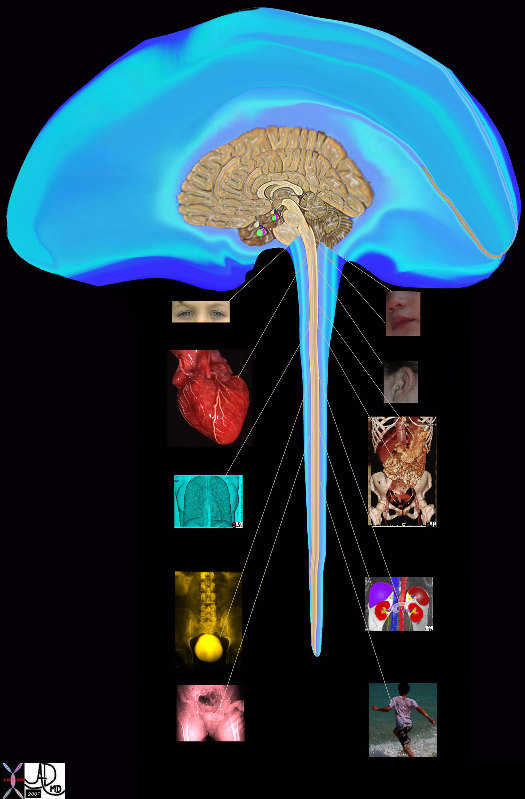



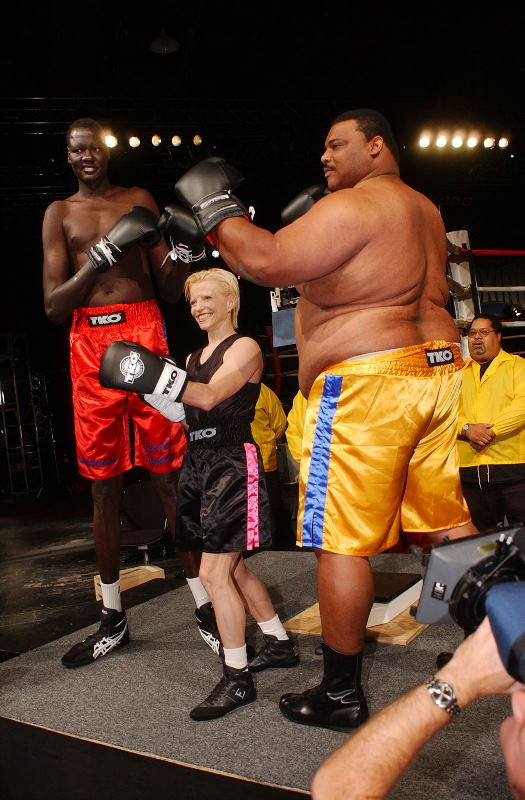
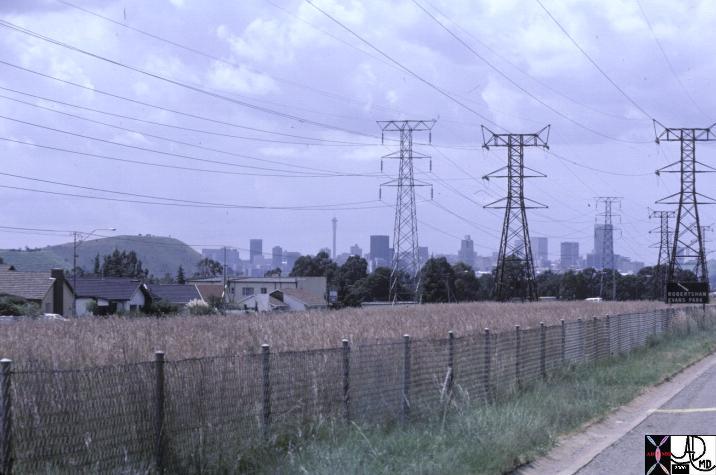
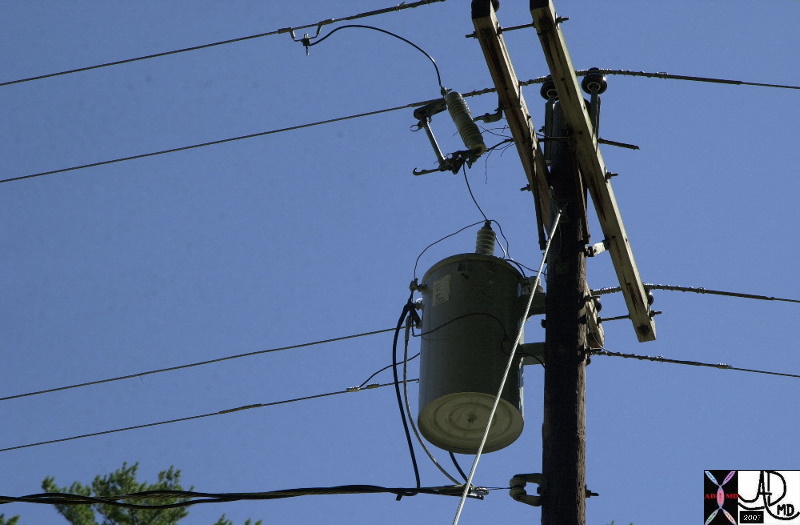
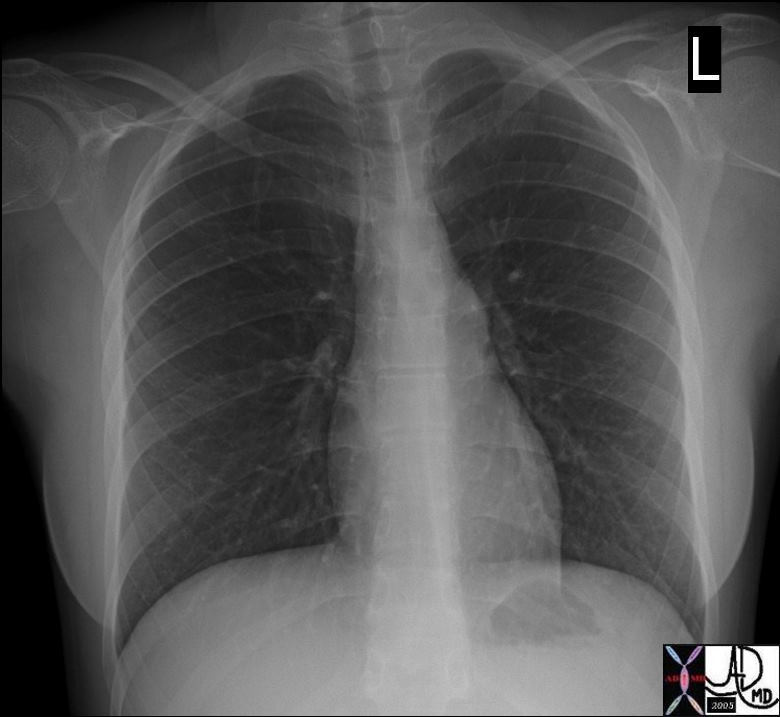

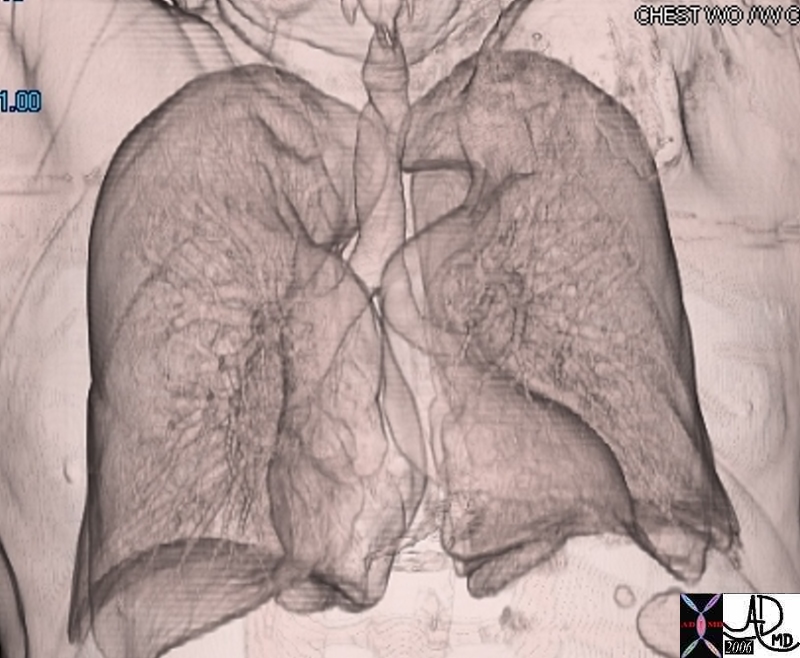
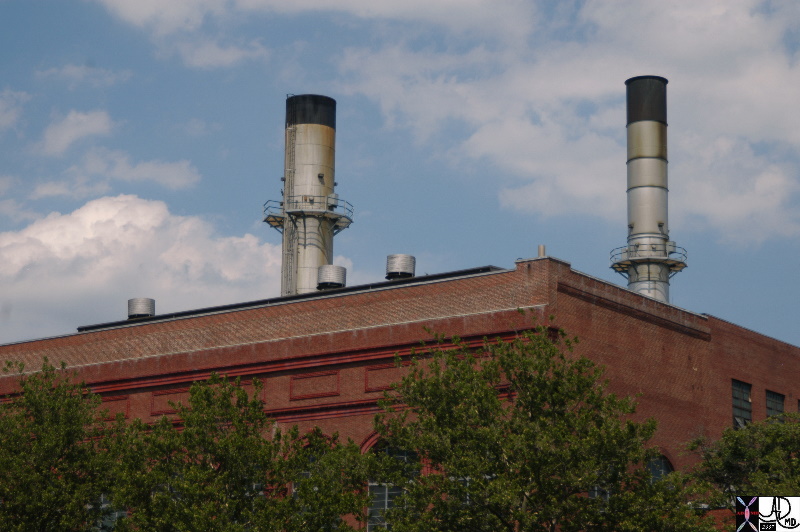
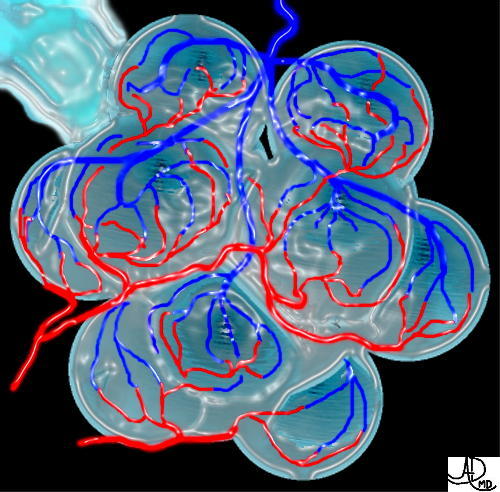
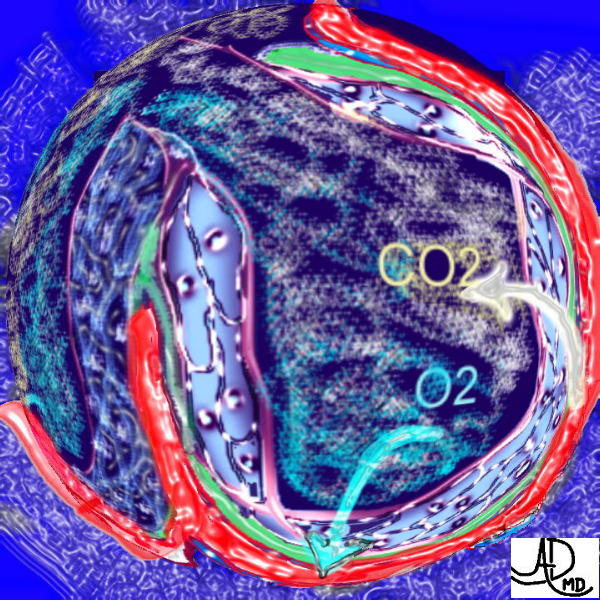
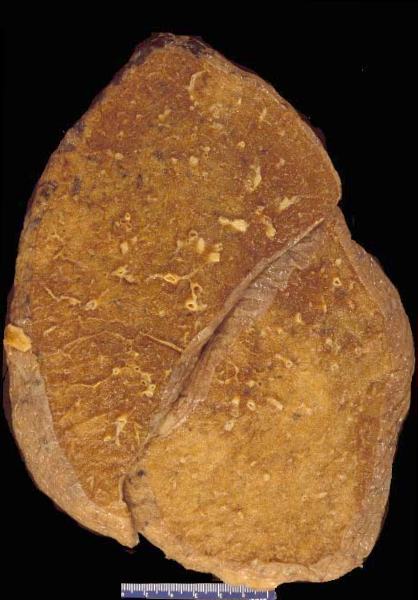
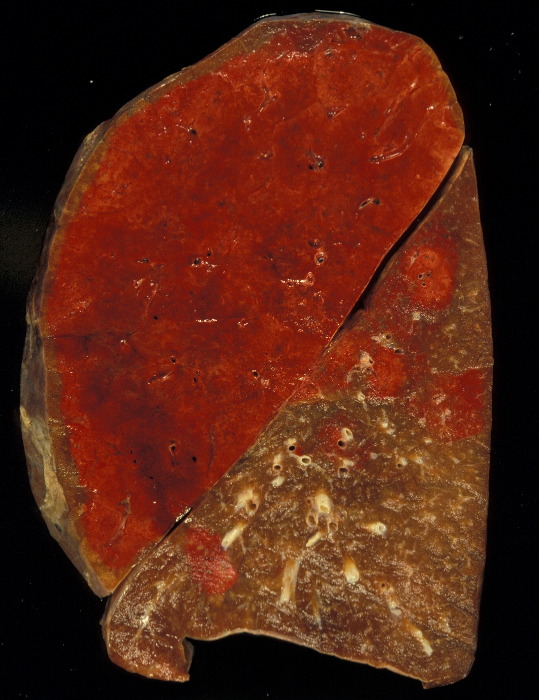

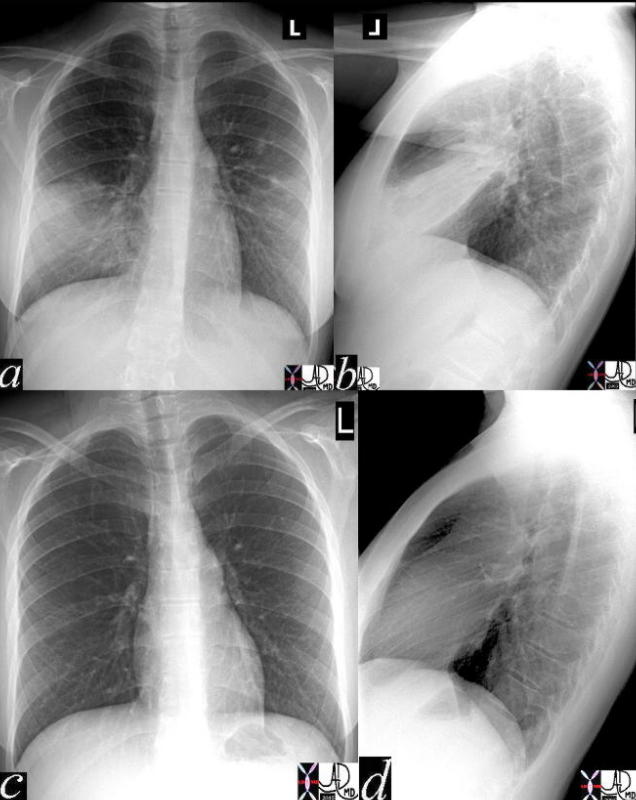

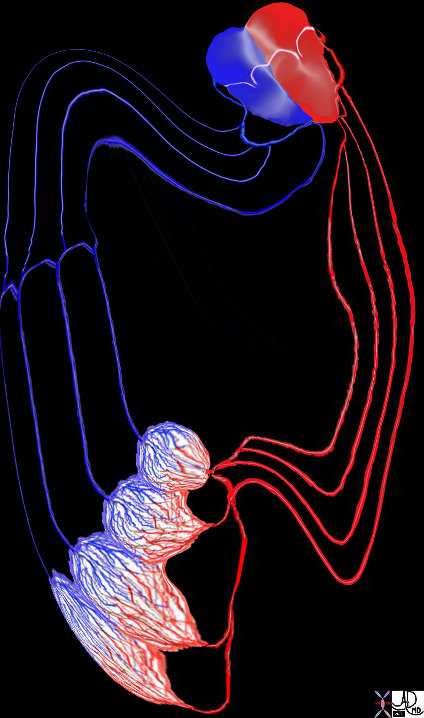
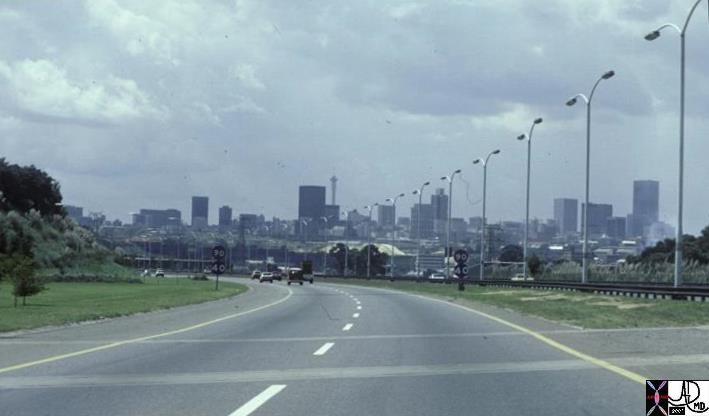
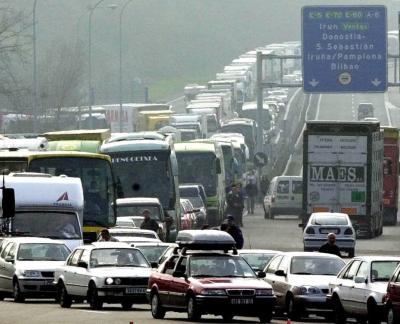
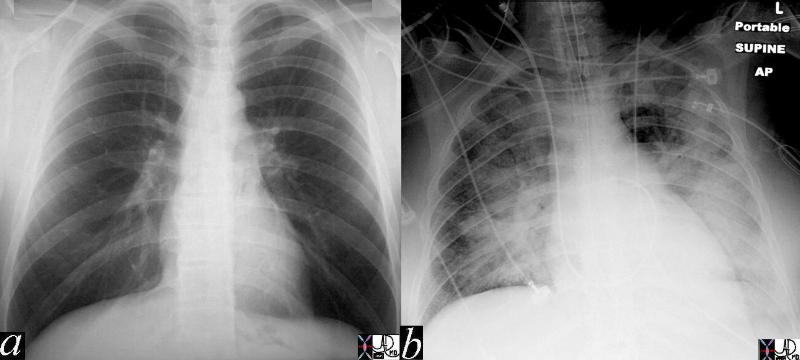
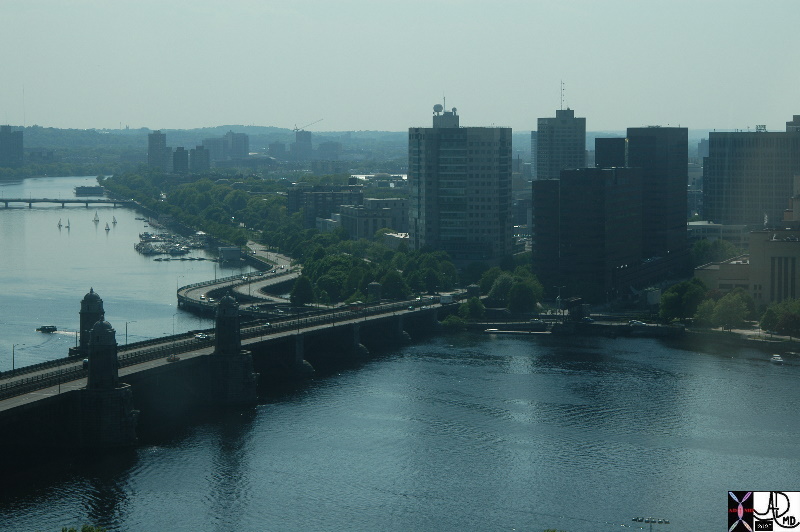
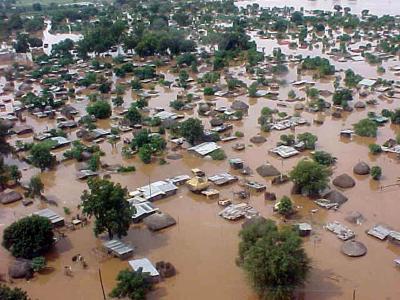
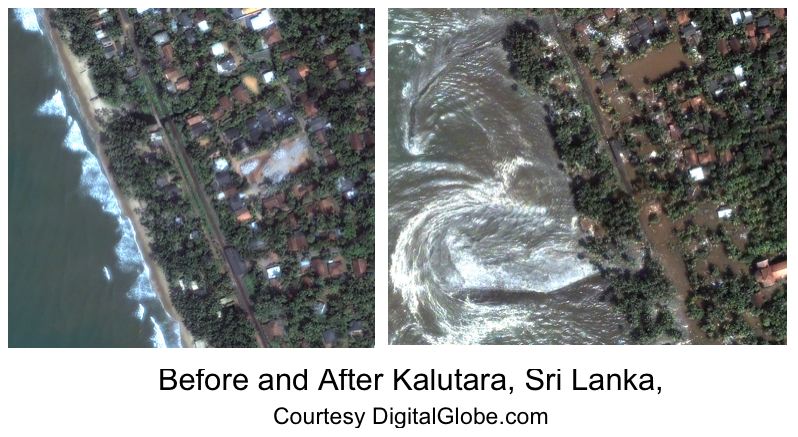
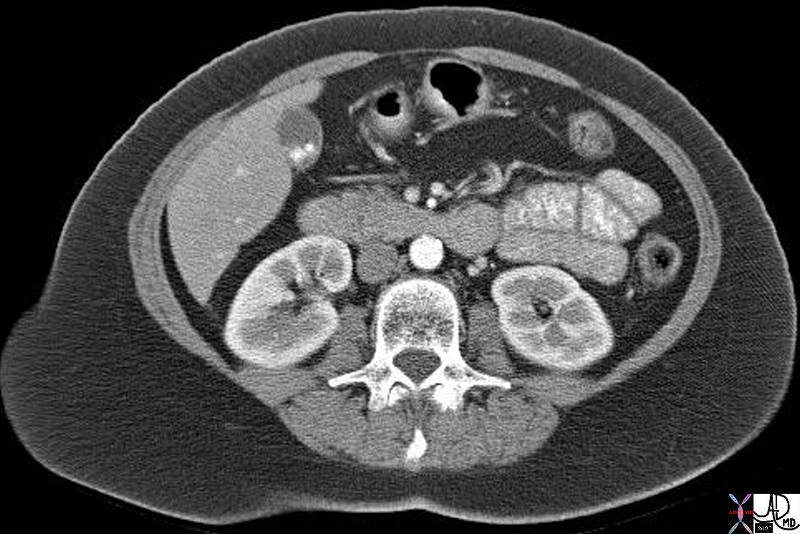




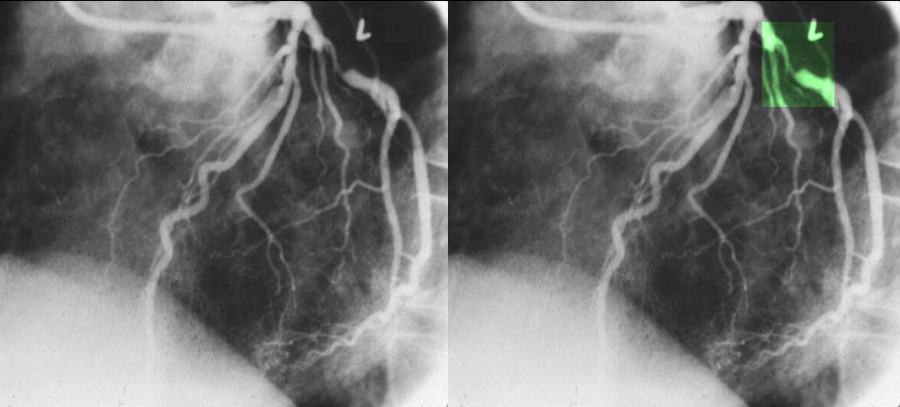
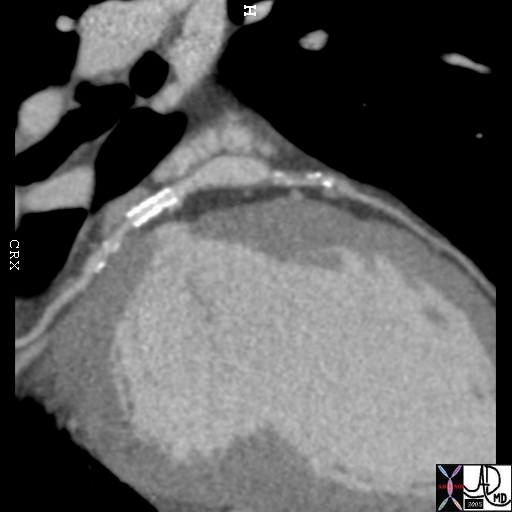
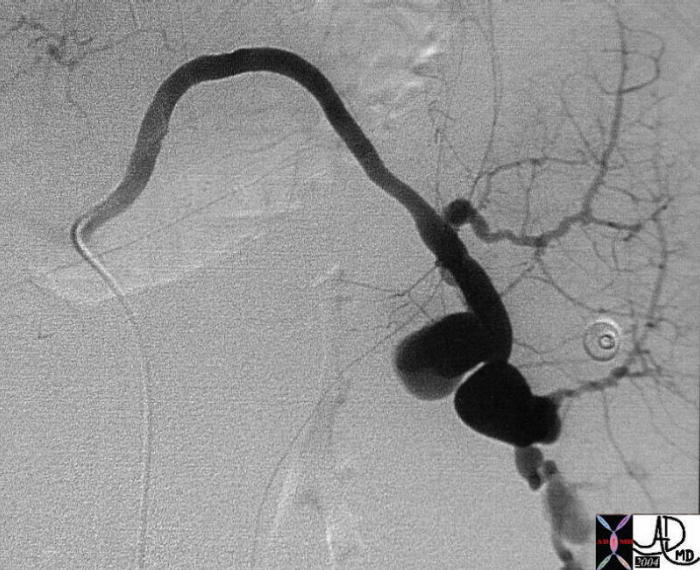
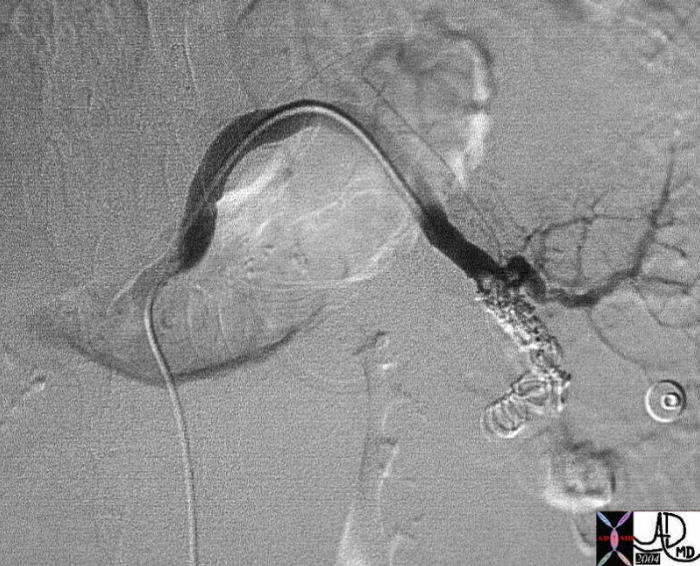
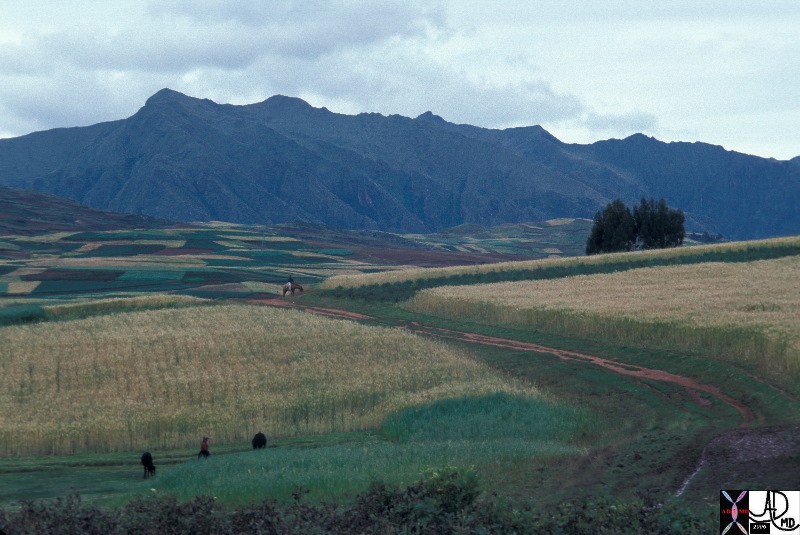
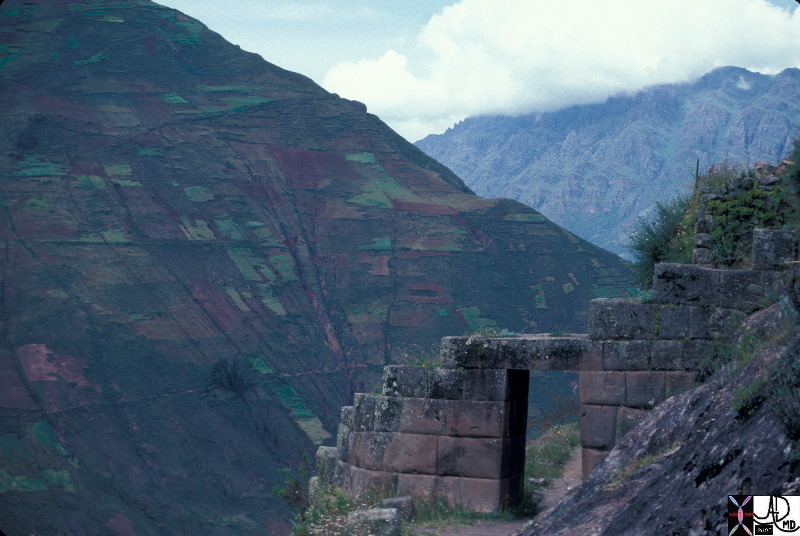

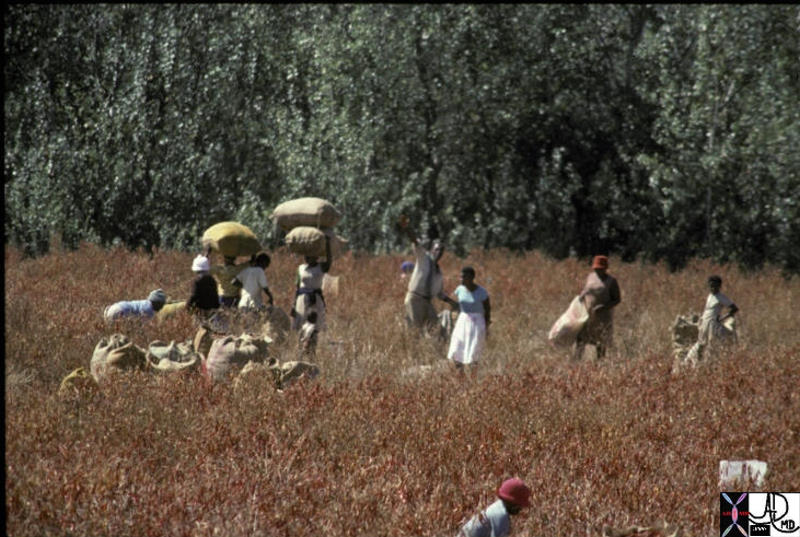
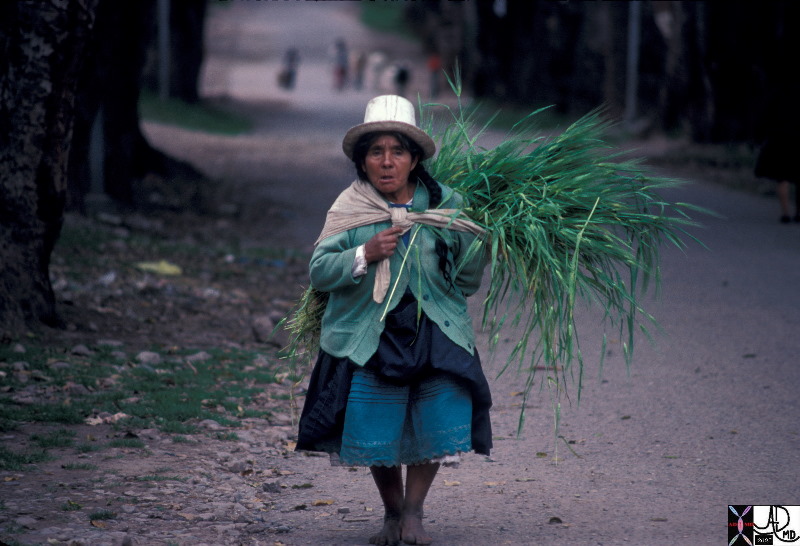

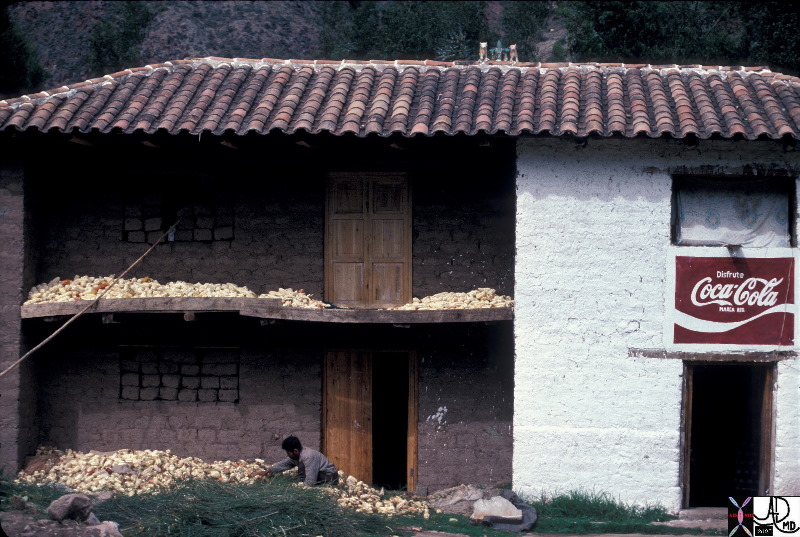
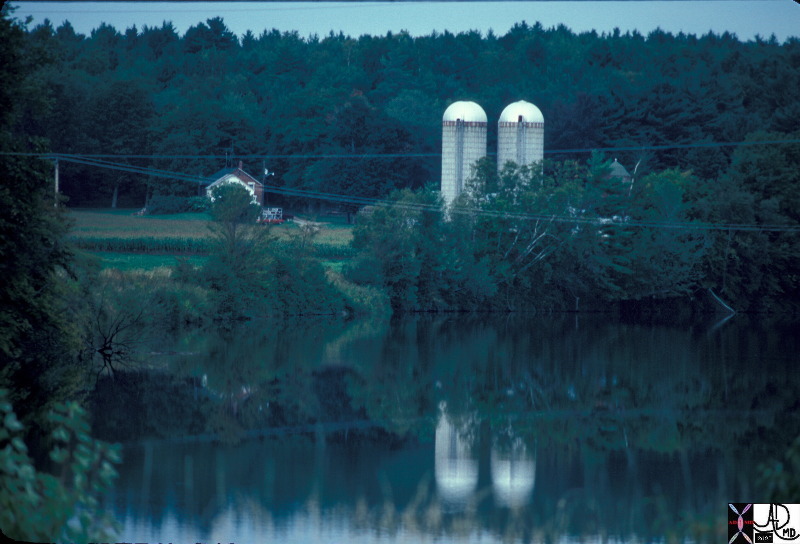
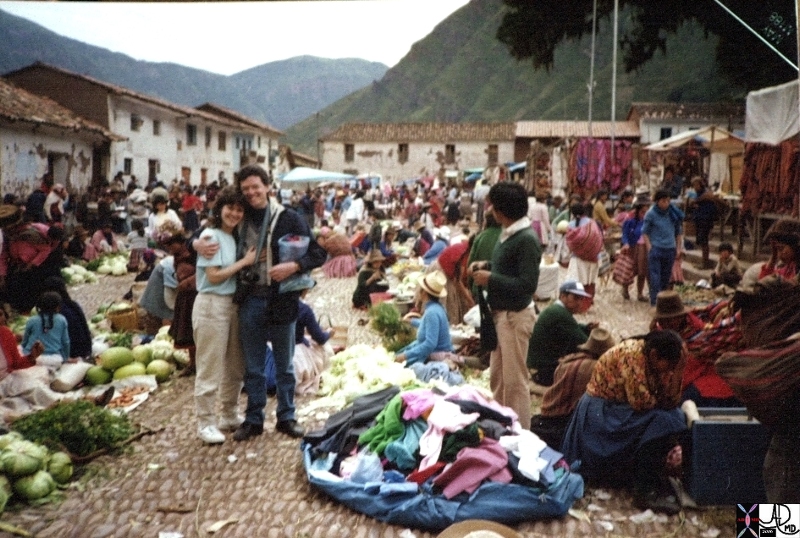
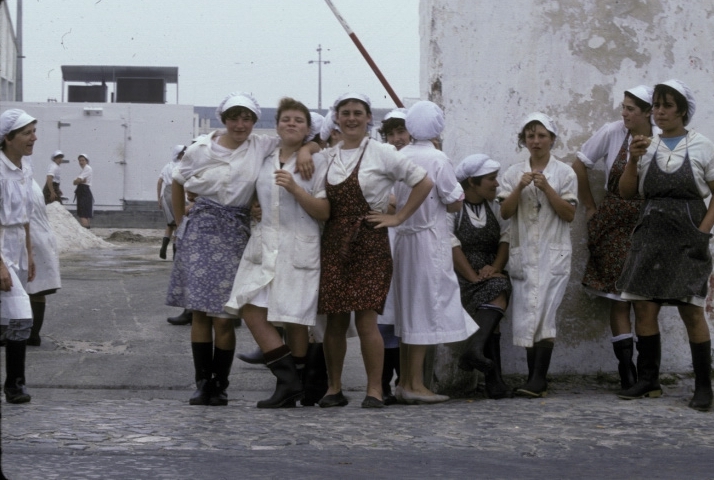
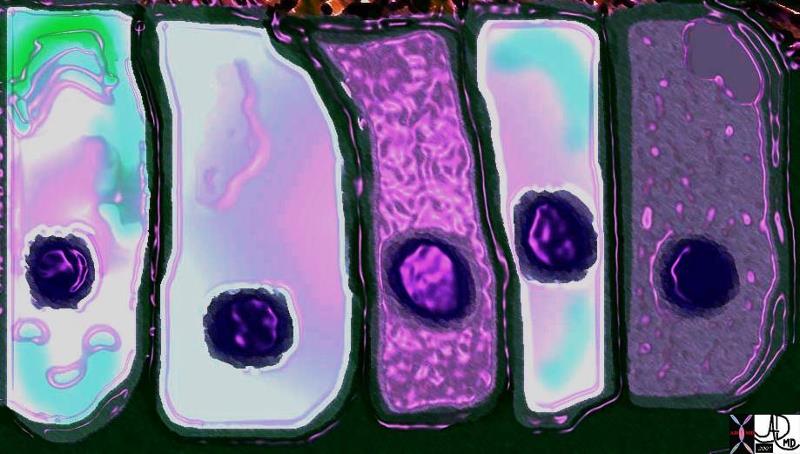
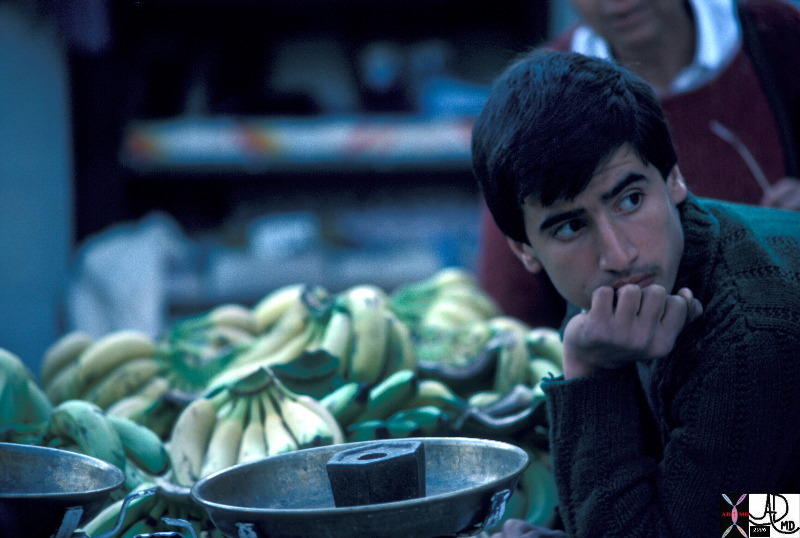
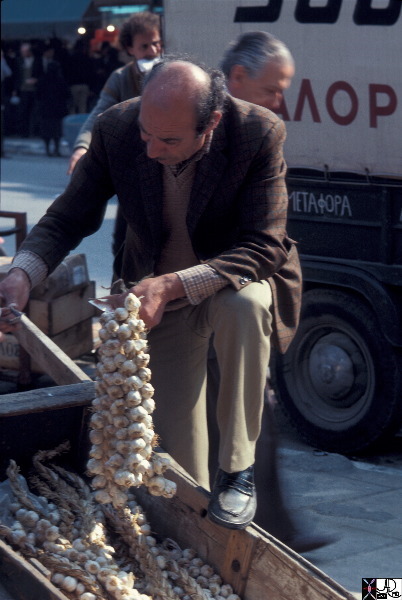
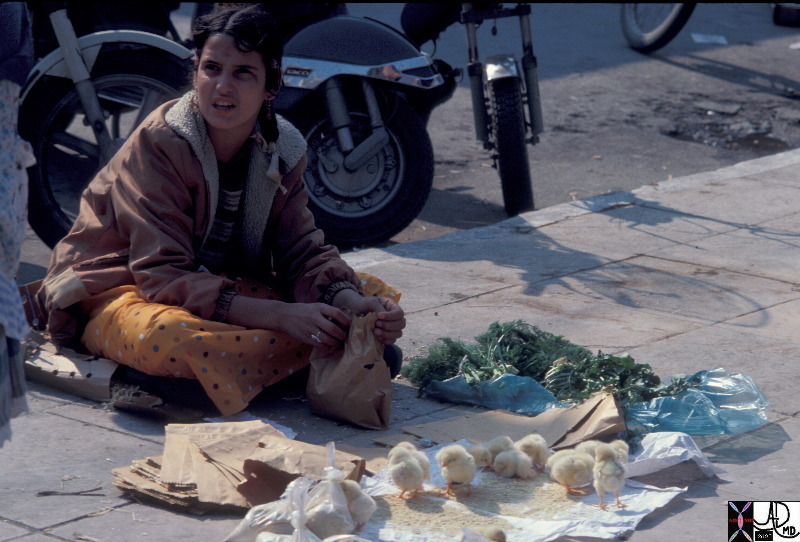
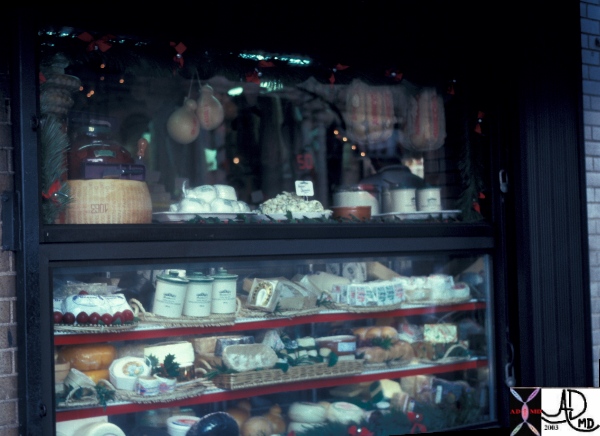
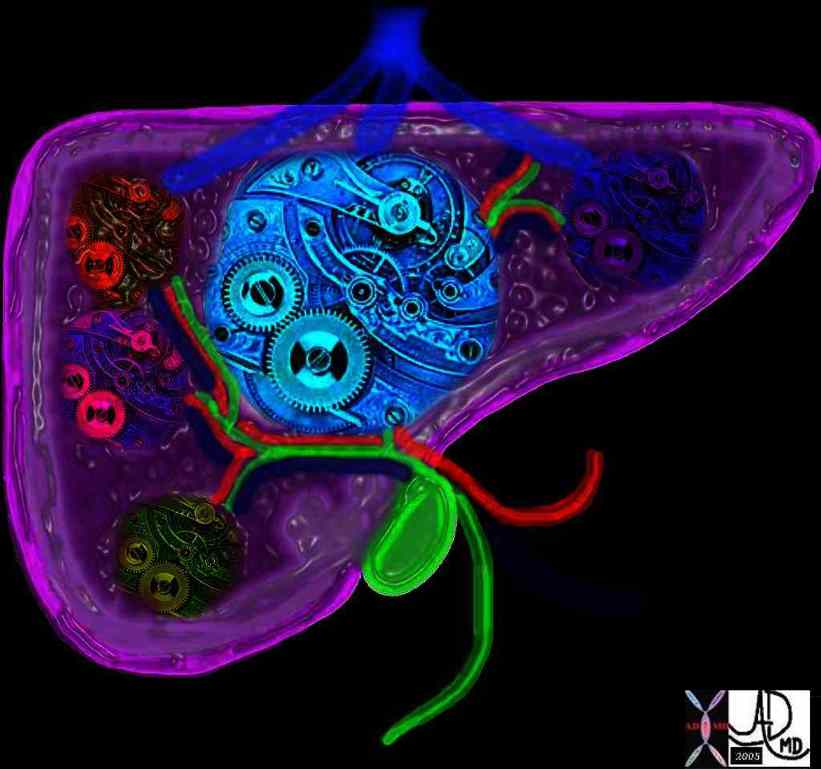

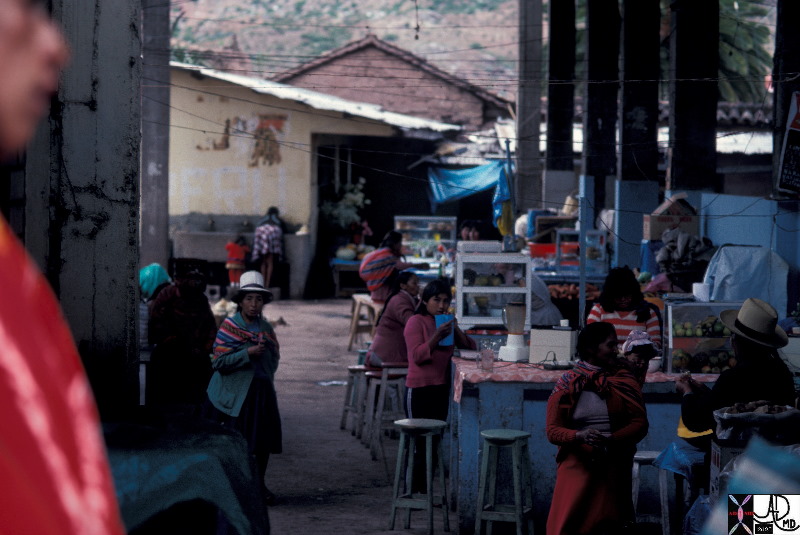
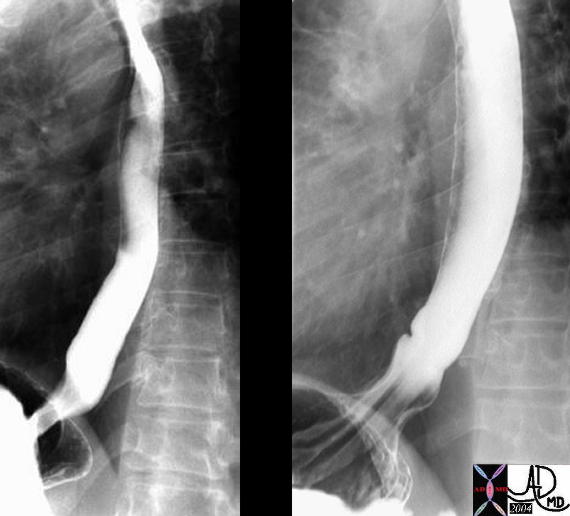
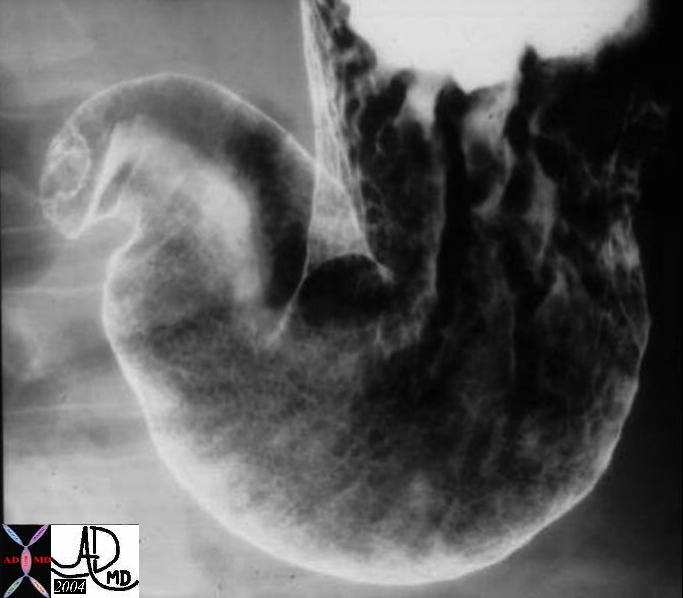

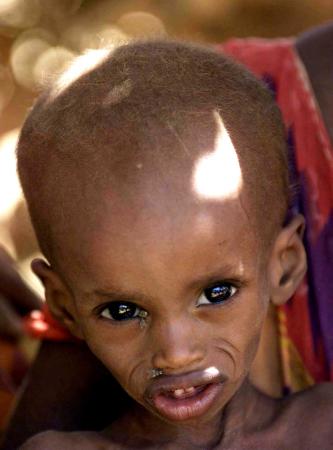

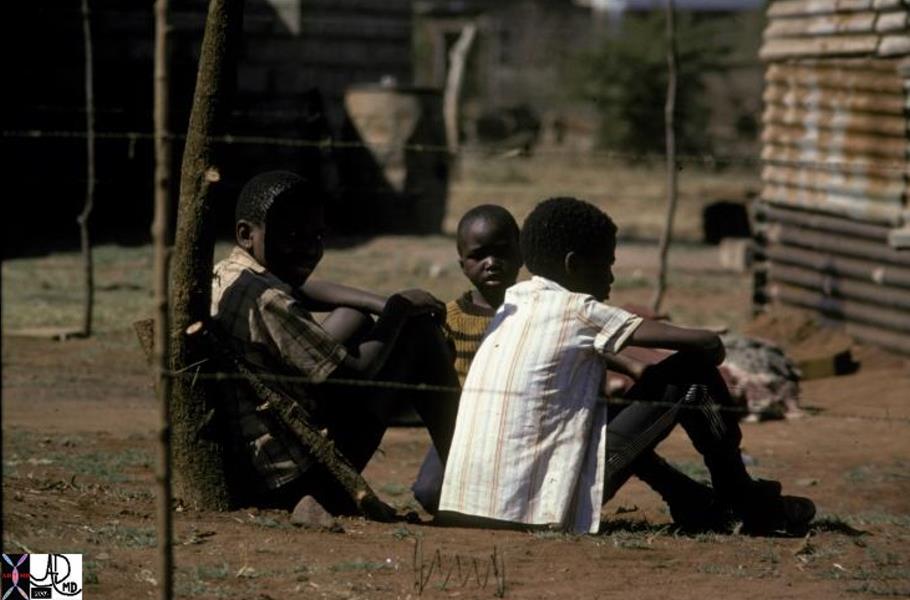
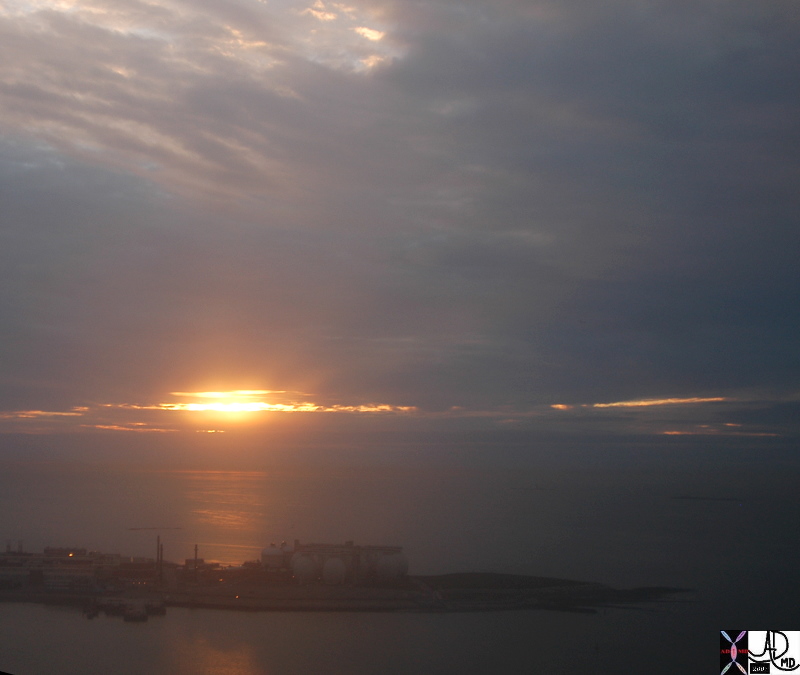
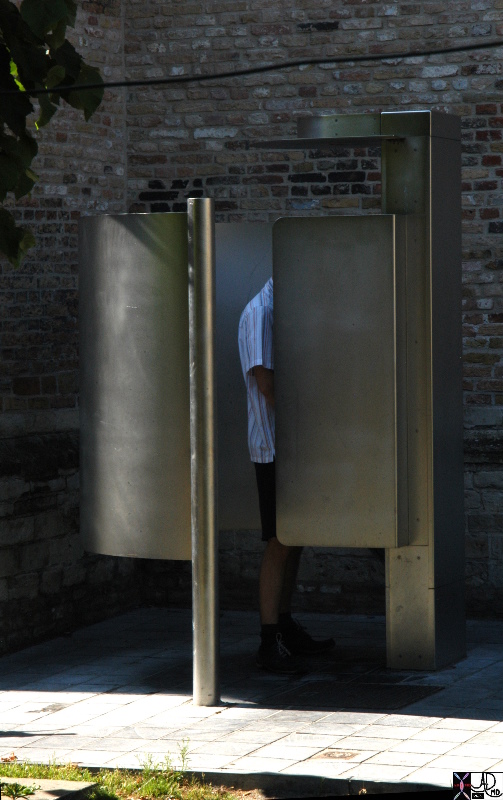
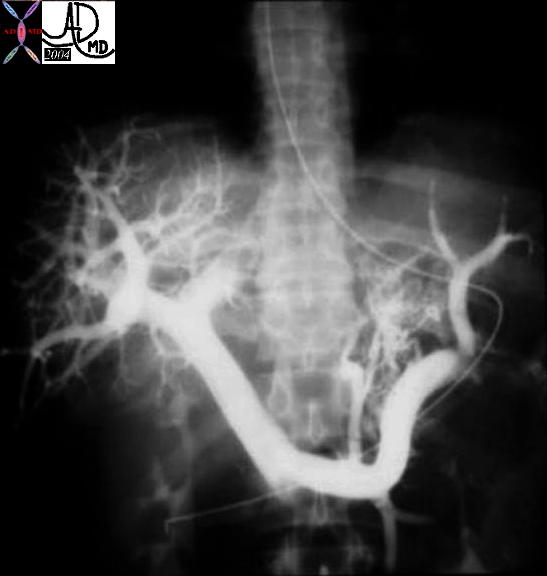
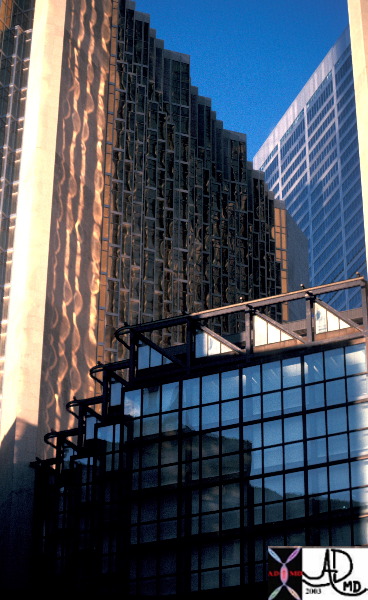
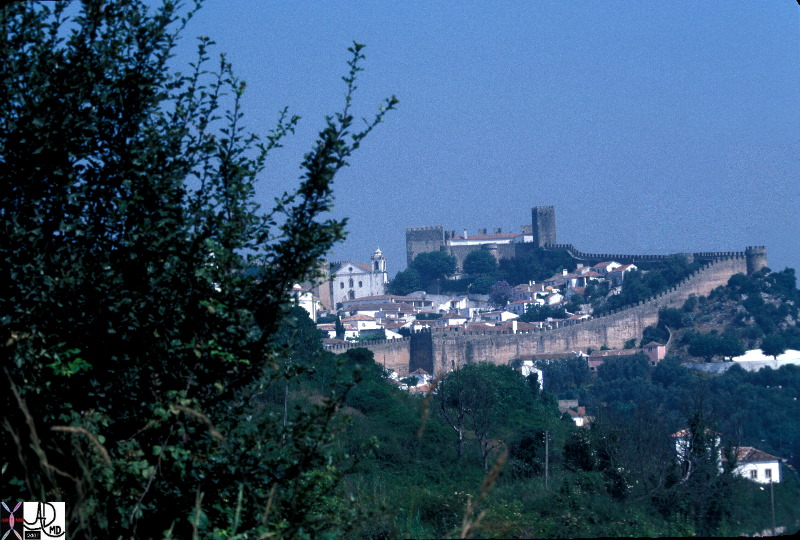


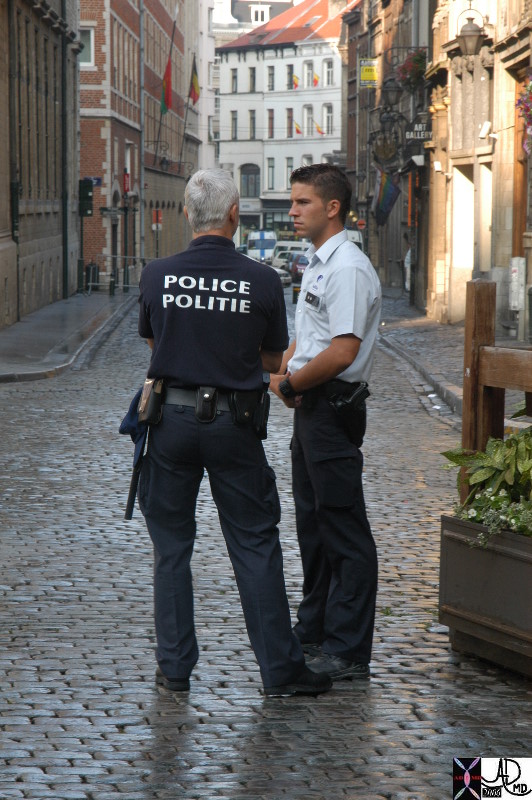
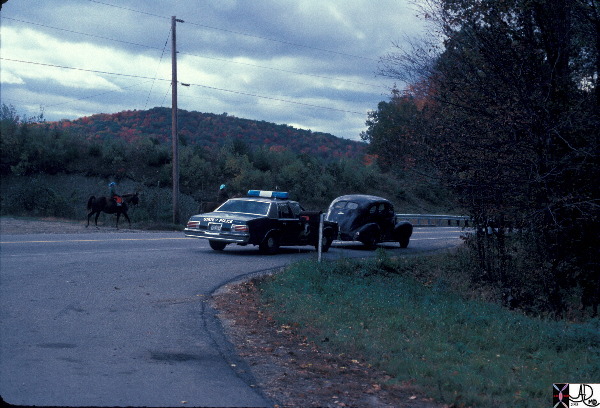
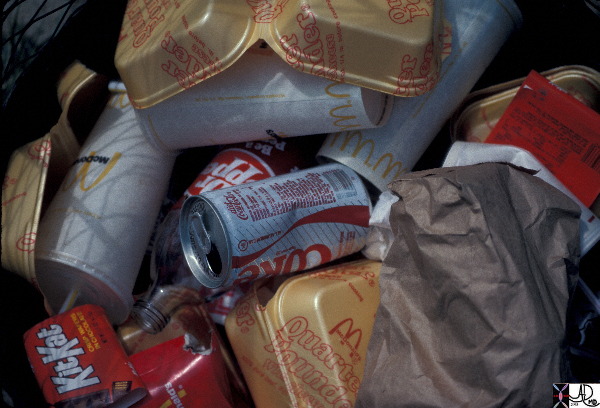
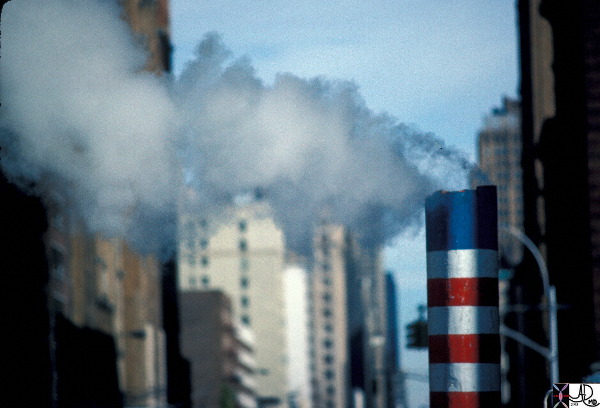
 Garbage Eater – Macrophage
Garbage Eater – Macrophage